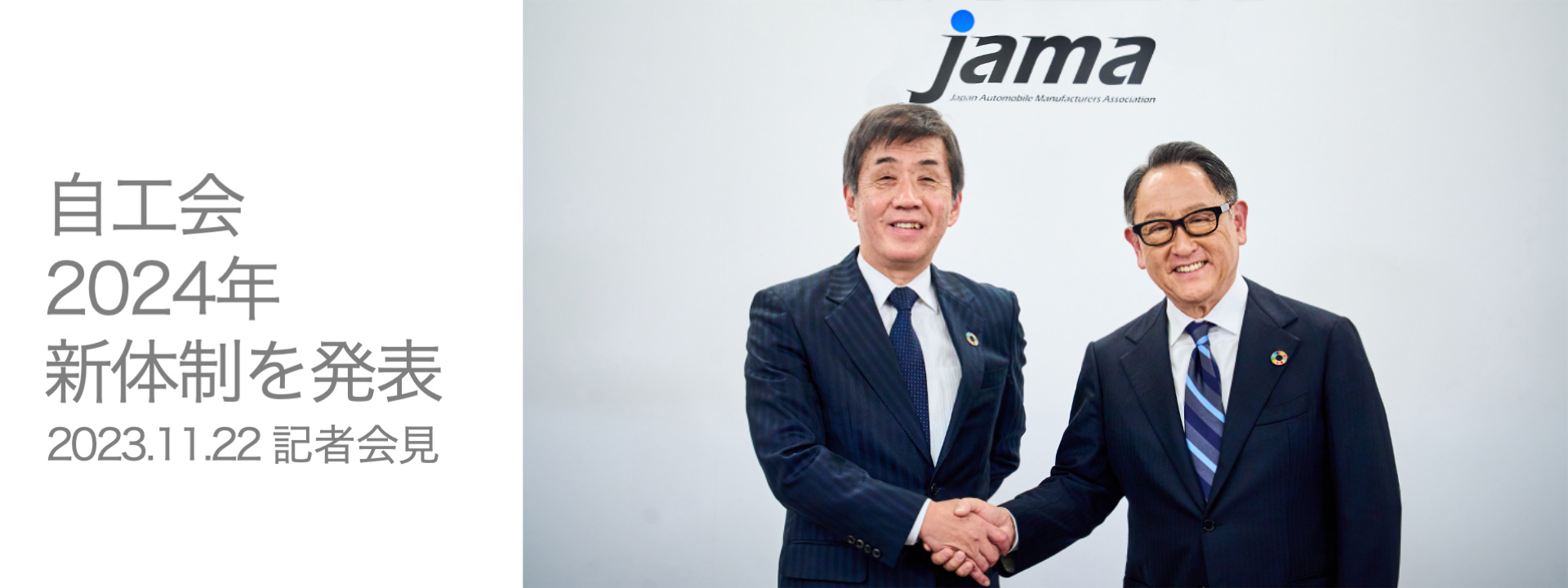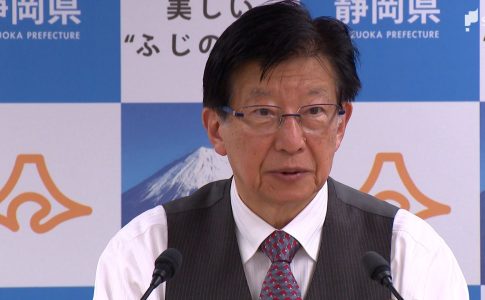Introduction
In a significant move within the Japanese automobile industry, Masanori Katayama, Chairman of Isuzu Motors, is set to become the new chairman of the Japan Automobile Manufacturers Association (JAMA) starting January 2024. This announcement was made by Akio Toyoda, current JAMA chairman and chairman of Toyota Motors, during a press conference on November 22, 2023.
Breaking Tradition
Traditionally, the role of JAMA chairman has alternated among the heads of Japan’s leading automakers: Toyota, Nissan, and Honda. Katayama’s appointment from Isuzu, primarily a commercial vehicle manufacturer, marks a departure from this custom. Toyoda explained this decision by highlighting the looming “Logistics 2024 Issue,” a reference to upcoming regulations on truck driver working hours, which may impact transportation capacity in Japan. Given these challenges, Katayama’s extensive experience in the truck industry was deemed invaluable.
Industry Reactions
Some industry insiders have expressed concerns that Isuzu’s smaller scale compared to the big three might limit Katayama’s ability to unify the industry. There’s a belief that Toyota might continue to play a significant role behind the scenes, with Katayama consulting Toyoda on major decisions.
The “2024 Issue” and Its Implications
The “2024 Issue” is a critical problem affecting the core of Japan’s economy. JAMA, and by extension, the Japan Business Federation (Keidanren), cannot ignore its potential impact. Keidanren has been actively promoting the strengthening of Japan’s automotive-related industries to bolster the overall economy. Toyoda, though stepping down as JAMA chairman, will continue as a co-chairman of the Mobility Committee, a group focused on enhancing Japan’s competitiveness in the mobility sector.
Toyota’s Influence
Despite the leadership change, Toyoda’s influence in the industry remains substantial. He has led significant reforms within JAMA, including expanding vice-chair positions and reorganizing committees to make the association more responsive to industry challenges. This approach aims to involve manufacturers of motorcycles, commercial vehicles, and a full line of automotive companies in addressing industry issues.
However, there is speculation that Toyota’s influence may continue to dominate JAMA, especially given Toyoda’s role in Keidanren’s Mobility Committee. Some insiders suggest that if Toyoda truly wants to uplift the entire industry, he should have considered handing over his position to Katayama.
Toyota’s Strategic Moves
The shift from a rotating chairmanship among the big three automakers to including Isuzu can be seen as part of Toyota’s strategic maneuvering. Historically, Toyota has played a pivotal role in shaping JAMA’s policies and direction. This move might facilitate Toyota’s continued influence over JAMA’s operations, though it could also be seen as a way to spread leadership responsibilities more broadly across the industry.
Conclusion
Masanori Katayama’s appointment as JAMA chairman represents a significant change in the Japanese automotive industry. While it offers an opportunity to address the “Logistics 2024 Issue” effectively, it also raises questions about the future dynamics of industry leadership and Toyota’s ongoing influence. As JAMA enters a new phase under Katayama’s leadership, its approach to industry-wide challenges and the balance of power among Japan’s automakers will be closely watched.












Leave a Reply